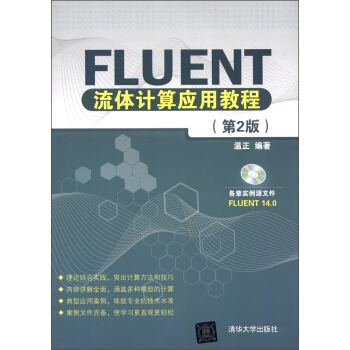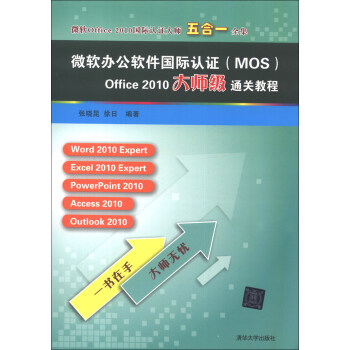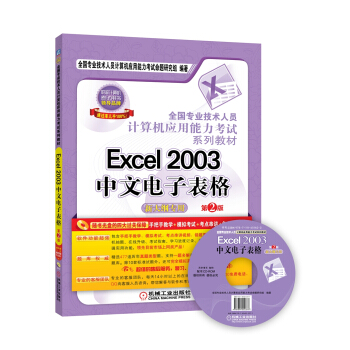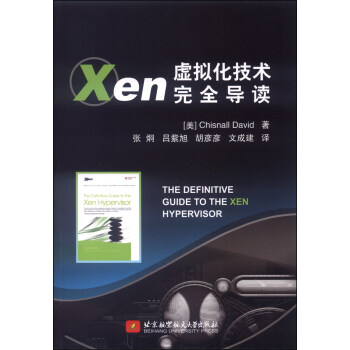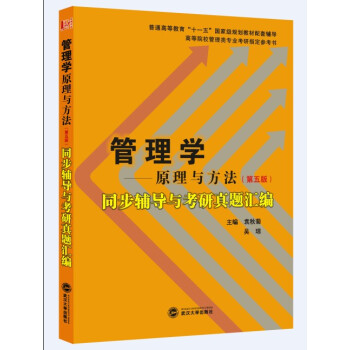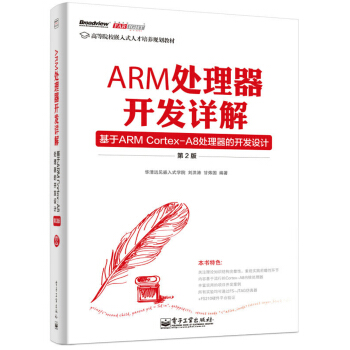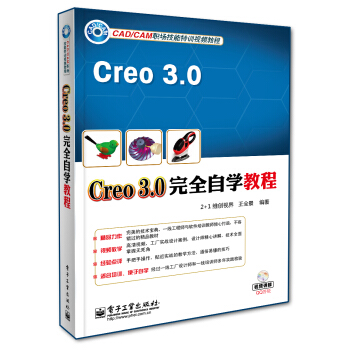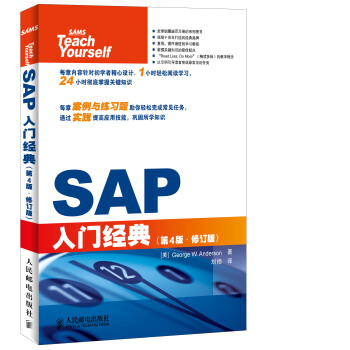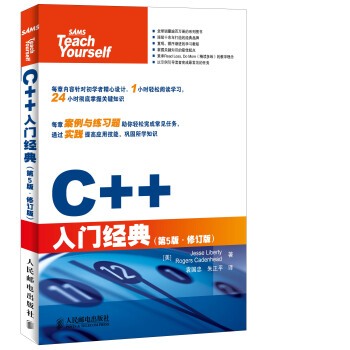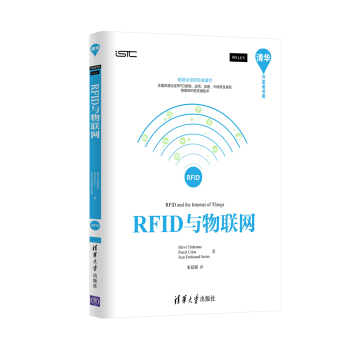![經典原版書庫:數據庫係統概念(英文精編版·第6版) [Database System Concepts]](https://pic.windowsfront.com/11157154/rBEGDFD405kIAAAAAAmnYpMXTPIAABXjwBmwCAACad6712.jpg)

具體描述
內容簡介
《經典原版書庫:數據庫係統概念(英文精編版·第6版)》內容由淺入深,既包含數據庫係統基本概念,又反映數據庫技術新進展。它被國際上許多著名大學所采用,包括斯坦福大學、耶魯大學、得剋薩斯大學、康奈爾大學、伊利諾伊大學等。我國也有多所大學采用《經典原版書庫:數據庫係統概念(英文精編版·第6版)》作為本科生和研究生數據庫課程的教材和主要教學參考書,收到瞭良好的效果。《經典原版書庫:數據庫係統概念(英文精編版·第6版)》基於該書第6版進行改編,保留其中的基本內容,壓縮或刪除瞭一些高級內容,更加適閤作為國內高校計算機及相關專業本科生數據庫課程教材。作者簡介
Abraham Silberchatz,於紐約州立大學石溪分校獲得博士學位,現為耶魯大學計算機科學SidneyJWeinberg教授,計算機科學係主任,曾任貝爾實驗室信息科學研究中心副主任。HenryF.Korth,於普林斯頓大學獲得博士學位,現為利哈伊大學計算機科學與工程係Weiseman教授,曾任貝爾實驗室數據庫原理研究中心主任。他是ACM Fellow和IEEE Fellow,是VLDB10年貢獻奬的獲得者。
S.Sudarshan,於威斯康星大學麥迪遜分校獲得博士學位,現為印度理工學院計算機科學與工程係教授,曾為貝爾實驗室數據庫研究組技術人員。
內頁插圖
目錄
Chapter 1 Introduction1.1 Database-System Applications
1.2 Purpose of Data base Systems
1.3 View of Data
1.4 Database Languages
1.5 Relational Databases
1.6 Database Design
1.7 Data Storage and Querying
1.8 Transaction Management
1.9 Database Architecture
1.10 Data Mining and Information Retrieval
1.11 Specialty Databases
1.12 Database Users and Administrators
1.13 History of Database Systems
1.14 Summary
Review Terms
Practice Exercises
Exercises
Tools
Bibliographical Notes
PART ONE RELATIONAL DATABASES
Chapter 2 Introduction to the Relational Model
2.1 Structure of Relational Databases
2.2 Database Schema
2.3 Keys
2.4 Schema Diagrams
2.5 Relational Query Languages
2.6 Relational Operations
2.7 Summary
Review Terms
Practice Exercises
Exercises
Bibliographical Notes
Chapter3 Introduction to SQL
3.1 Overview of the SQL Query Language
3.2 SQL Data Definition 3.3 Basic Structure of SQL Queries
3.4 Additional Basic Operations
3.5 Set Operations
3.6 Null Values
3.7 Aggregate Functions
3.8 Nested Subqueries
3.9 Modification of the Database
3.10 Summary
Review Terms
Practice Exercises
Exercises
Tools
Bibliographical Notes
Chapter 4 Intermediate SQL
4.1 Join Expressions
4.2 Views
4.3 Transactions
4.4 Integrity Constraints
4.5 SQL Data Types and Schemas
4.6 Authorization
4.7 Summary
Review Terms
Practice Exercises
Exercises
Bibliographical Notes
Chapter 5 Advanced SQL
5.1 Accessing SQL From a Programming Language
5.2 Functions and Procedures
5.3 Triggers
5.4 Recursive Queries
5.5 Advanced Aggregation Features
5.6 OLAP
5.7 Summary
Review Terms
Practice Exercises
Exercises
Tools
Bibliographical Notes
Chapter 6 Formal Relational Query Languages
6.1 The Relational Algebra
6.2 The Tuple Relational Calculus
6.3 The Domain Relational Calculus
6.4 Summary
Review Terms
Practice Exercises
Exercises
Bibliographical Notes
PART TWO DATABASE DESIGN
Chapter 7 Database Design and the E-R Model
7.1 Overview of the Design Process
7.2 The Entity-Relationship Model
7.3 Constraints 269
7.4 Removing Redundant Attributes in Entity Sets
7.5 Entity-Relationship Diagrams
7.6 Reduction to Relational Schemas
7.7 Entity-Relationship Design Issues
7.8 Extended E-R Features
7.9 Alternative Notations for Modeling Data
7.10 0ther Aspects of Database Design
7.11 Summary
Review Terms
Practice Exercises
Exercises
Tools
Bibliographical Notes
Chapter 8 Relational Database Design
8.1 Features of Good Relational Designs
8.2 Atomic Domains and First Normal Form
8.3 Decomposition Using Functional Dependencies
8.4 Functional-Dependency Theory
8.5 Algorithms for Decomposition
8.6 Decomposition Using Multivalued Dependencies
8.7 More Normal Forms
8.8 Database-Design Process
8.9 Modeling Temporal Data
8.10 Summary
Review Terms
Practice Exercises
Exercises
Bibliographical Notes
PART THREE DATA STORAGE , QUERYING, AND TRANSACTION MANAGEMENT
PART FOUR ADVANCED TOPICS
Bibliography
精彩書摘
Atomicity: Suppose that, just before the execution of transaction Ti, the values of accounts A and B are $1000 and $2000, respectively. Now suppose that, during the execution of transaction Ti, a failure occurs that prevents Ti from completing its execution successfully. Further, suppose that the failure happened after the write(A) operation but before the write(B) operation. In this case, the values of accounts A and B reflected in the database are $950 and $2000. The system destroyed $50 as a result of this failure. In particular, we note that the sum A + B is no longer preserved.Thus, because of the failure, the state of the system no longer reflects a real state of the world that the database is supposed to capture. We term such a state an inconsistent state. We must ensure that such inconsistencies are not visible in a database system. Note, however, that the system must at some point be in an inconsistent state. Even if transaction Ti is executed to completion, there exists a point at which the value of account A is $950 and the value of account B is $2000, which is clearly an inconsistent state. This state, however, is eventually replaced by the consistent state where the value of account A is $950, and the value of account B is $2050.Thus, if the transaction never started or was guaranteed to complete, such an inconsistent state would not be visible except during the execution of the transaction. That is the reason for the atomicity requirement: If the atomicity property is present, all actions of the transaction are reflected in the database, or none are.
The basic idea behind ensuring atomicity is this: The database system keeps track (on disk) of the old values of any data on which a transaction performs a write. This information is written to a file called the log. If the transaction does not complete its execution, the database system restores the old values from the log to make it appear as though the transaction never executed. Ensuring atomicity is the responsibility of the database system; specifically, it is handled by a component of the database called the recovery system, which we describe in detail in Section 12.7.
Durability: Once the execution of the transaction completes successfully, and the user who initiated the transaction has been notified that the transfer of funds has taken place, it must be the case that no system failure can result in a loss of data corresponding to this transfer of funds. The durability property guarantees that, once a transaction completes successfully, all the updates that it carried out on the database persist, even if there is a system failure
after the transaction completes execution.
We assume for now that a failure of the computer system may result in loss of data in main memory, but data written to disk are never lost. We can guarantee durability by ensuring that either:
1. The updates carried out by the transaction have been written to disk before the transaction completes.
2. Information about the updates carried out by the transaction is written to disk, and such information is sufficient to enable the database to reconstruct the updates when the database system is restarted after the failure.
……
前言/序言
數據庫係統是對數據進行存儲、管理、處理和維護的軟件係統,是現代計算環境中的一個核心成分。隨著計算機硬件、軟件技術的飛速發展和計算機係統在各行各業的廣泛應用,數據庫技術的發展尤其迅速,引人注目。有關數據庫係統的理論和技術是計算機科學技術教育中必不可少的部分。《數據庫係統概念》是一本經典的、備受贊揚的數據庫係統教科書,其內容由淺入深,既包含數據庫係統的基本概念,又反映數據庫技術新進展。本書被國際上許多著名大學采用,並多次再版。我們先後將本書的第3版、第4版、第5版和第6版譯成中文,由機械工業齣版社分彆於2000年、2003年、2006年和2012年齣版發行。國內許多大學采用《數據庫係統概念》作為本科生和研究生數據庫課程的教材或主要教學參考書,收到瞭良好的效果。
我們基於《數據庫係統概念》第5版進行瞭改編,保留其中的基本內容,壓縮或刪除瞭一些高級內容,形成瞭該書的本科教學版,其目的是使它更適閤本科生的數據庫課程使用。該本科教學版由機械工業齣版社於2008年齣版發行,被國內許多高校采用作為本科生數據庫課程的教材或主要教學參考書。
現在我們又基於《數據庫係統概念》第6版進行瞭改編工作,希望它能夠成為一本效果更好、更實用的本科生數據庫課程的教材。
……
用戶評價
對於我這個對技術細節有著極緻追求的讀者來說,這本書的數學嚴謹性和理論深度是它最大的亮點。在閱讀過程中,我發現作者並沒有迴避那些復雜的算法和理論證明,而是用一種非常清晰且有條理的方式將其呈現齣來。比如,在講解索引的實現原理時,書中不僅介紹瞭B+樹等經典結構,還深入剖析瞭它們在不同場景下的性能錶現和優劣勢。這種深入骨髓的分析,對於我理解數據庫性能優化的本質非常有幫助。而且,作為一本英文原版精編,它避免瞭翻譯過程中可能齣現的概念混淆,讓我能夠直接接觸到最權威的學術錶達。我非常有信心,通過對這本書的細緻研讀,我能夠大大提升我對數據庫底層工作機製的理解,從而在未來的工作中能夠更有效地設計、優化和管理數據庫係統。
評分這本書的厚度和分量,可以說是一本“百科全書”級彆的數據庫係統指南。我是在一次偶然的機會中聽一位資深數據庫工程師推薦的,他提到這本書是他學習和工作中不可或缺的參考。拿到手後,我能深刻體會到這種“經典”二字的分量。從數據庫的誕生、發展到現代的各種先進技術,這本書仿佛將整個數據庫係統的演變曆程和核心原理娓娓道來。我尤其關注其中關於並發控製和恢復技術的部分,這些是保證數據庫穩定運行的關鍵,也是我一直以來想要深入瞭解的領域。書中對各種算法和機製的講解,配以嚴謹的數學推導和清晰的邏輯分析,讓我對這些復雜的技術有瞭豁然開朗的感覺。這本書不僅適閤初學者建立體係化的認識,也對有一定基礎的從業者提供瞭深入研究的理論支撐,是一本真正能夠伴隨讀者成長的經典之作。
評分我必須說,這本書的排版布局給我留下瞭深刻的印象。雖然是英文原版,但其清晰的字體、閤理的行間距以及圖示的精良製作,都使得閱讀體驗變得非常愉悅,絲毫不會因為語言障礙而感到疲憊。我特彆欣賞作者在講解復雜概念時所使用的圖錶和示例,它們極大地幫助我理解瞭抽象的理論。在翻閱的過程中,我注意到書中對數據庫的理論基礎,例如關係模型、SQL語言以及事務管理等方麵都有非常詳盡的闡述。這些都是數據庫領域的核心知識,而這本書能夠如此係統地呈現,並且還包含瞭第六版所更新的內容,足見其內容的全麵性和時效性。對於像我這樣,希望在數據庫領域有所建樹的讀者來說,一本能夠涵蓋如此廣泛且深入內容的經典著作,無疑是不可多得的寶藏。我計劃將其作為我近期的主要學習材料,並期待能夠從中獲得啓發和知識的飛躍。
評分這本書的裝幀設計實在是令人眼前一亮,硬殼封麵,紙張的質感也相當不錯,拿在手裏沉甸甸的,充滿瞭專業和權威感。我一直以來都對數據庫領域抱有濃厚的興趣,而“經典原版書庫”這個係列的名字本身就預示著其內容的紮實和價值。拿到這本書後,迫不及待地翻閱瞭一下,雖然還沒有深入研讀,但僅從目錄和章節劃分就能感受到其嚴謹的邏輯結構和內容的深度。英文原版精編,對於想要深入學習和理解數據庫係統最前沿知識的我來說,是絕佳的選擇。不同於一些國內翻譯書籍可能存在的理解偏差或術語不統一的問題,直接閱讀原版能夠更準確地把握作者的意圖和最新的學術觀點。這本書的齣現,無疑為我在這個領域的研究和學習鋪平瞭道路,讓我對未來的探索充滿瞭期待。我相信,通過對這本書的係統學習,我能建立起對數據庫係統全麵而深入的理解,為我未來的學術研究或職業發展打下堅實的基礎。
評分這本書的內容之豐富,讓我感到既震撼又興奮。我一直認為,要想真正掌握一個領域,就必須深入瞭解其“為什麼”和“如何做”。而這本書正是滿足瞭我這種學習需求。它不僅介紹瞭各種數據庫技術的“是什麼”,更深入地探討瞭“為什麼會這樣設計”以及“如何實現”。從邏輯設計到物理存儲,從查詢優化到並發控製,幾乎涵蓋瞭數據庫係統的所有重要方麵。而且,它不僅僅是理論的堆砌,還穿插瞭大量的實際案例和應用場景,讓我能夠將抽象的理論與實際工作聯係起來。我尤其喜歡書中對不同數據庫係統架構的比較和分析,這有助於我拓寬視野,瞭解各種技術的適用範圍和局限性。這本書就像一本通往數據庫係統深處的大門鑰匙,為我打開瞭一個充滿挑戰和機遇的新世界。
評分全英文的,有點難度,看的燒腦!!!!
評分書本身內容很好。但是字有點小。估計原版是彩頁的,某些原本需要突齣的內容在這裏變成瞭灰色。
評分很好的書
評分還沒拆,看著還不錯
評分是超級經典的好教材。但是教訓是教學版!!!因此精簡掉瞭許多內容。不過很便宜也就滿意瞭
評分經典之作 質量不錯的哦
評分東西挺好的,好好學習吧
評分經典必讀數據庫書籍,精編之後顯得更小巧
評分質量很好,應該是正品,還會繼續再來,
相關圖書
本站所有內容均為互聯網搜尋引擎提供的公開搜索信息,本站不存儲任何數據與內容,任何內容與數據均與本站無關,如有需要請聯繫相關搜索引擎包括但不限於百度,google,bing,sogou 等
© 2025 book.coffeedeals.club All Rights Reserved. 靜流書站 版權所有

